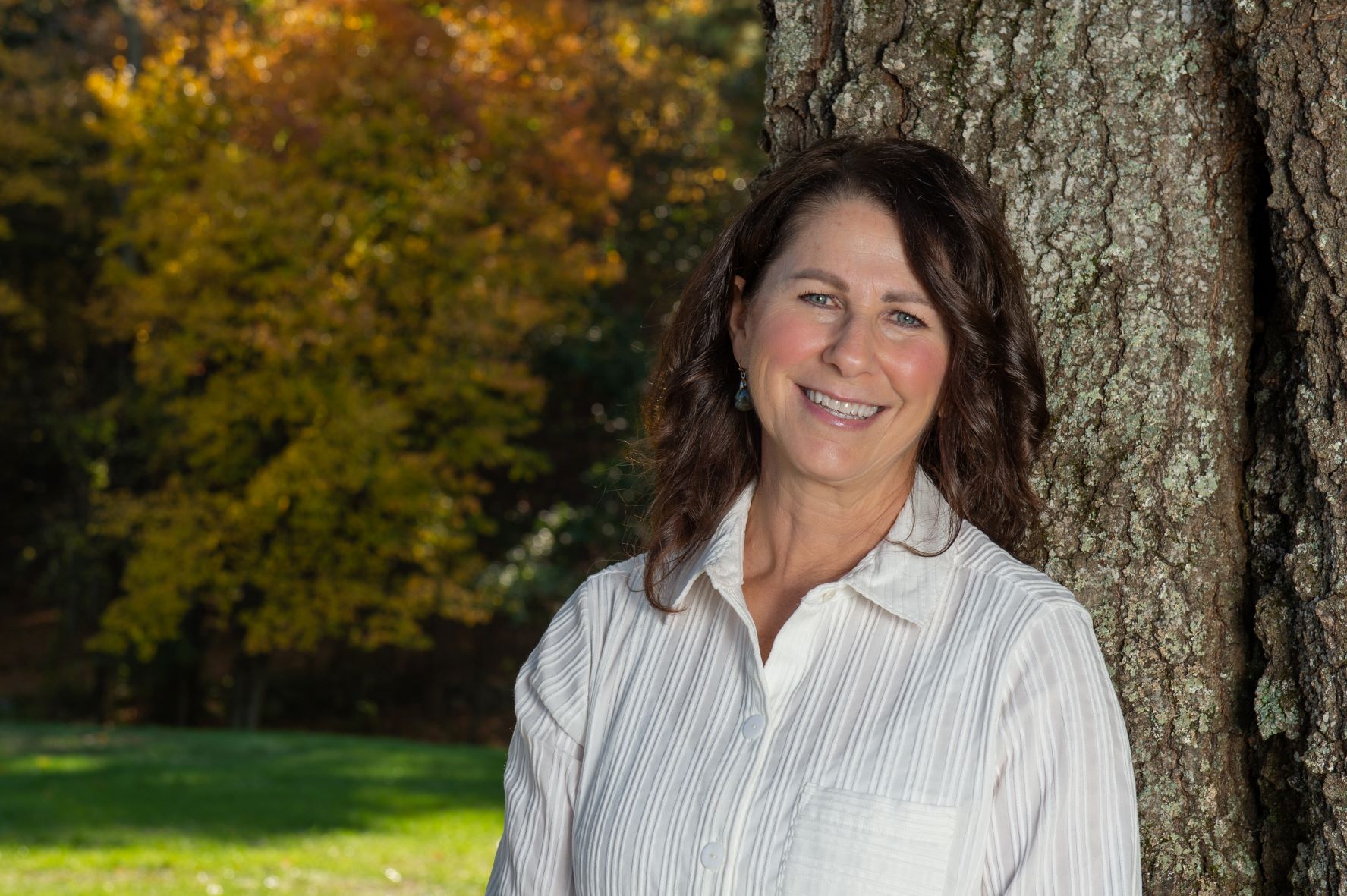I get asked this question a lot. My answer is that both are useful, it just depends on what kind of walk I am going on. Or better said, the objective of the walk– even if it’s just to burn off some puppy energy, can help determine whether a harness or buckle collar will be best.
A word of caution: Whatever you do, DO NOT make the mistake of letting your puppy outside of an enclosed area “naked” (meaning without some sort of leash). I can promise you, there will be a time when they’re doing well with their training and you suddenly see them initiate a game of “keep away” (dogs find this game fun but humans do not!). If your pup isn’t on some sort of long line you will have no way to stop it and get your pup to come to you. When you allow the behavior you are training the behavior. You don’t want to inadvertently train your puppy to NOT come to you!
Let’s take this past Monday. Here in New Hampshire, it was going to be in the mid-90s. I mean, most of the country has been in an awful heat wave–high 90s into the triple digits–and New Hampshire has been no exception. I decided to walk early in the morning in some nearby woods to avoid the hottest part of the day.
This was a walk to release some energy and have fun, requiring a body harness attached to a 20-foot long-line. Every time I’m taking a puppy on a walk for exploration purposes, I’m going to choose a harness and long line so I get some recall practice in.
The critical piece here is that I knew the objective of my walk ahead of time. The objective of the walk informs the decisions around a collar/leash or harness/long-line. So, my tip:
BEFORE you choose, think about what you’re going to work on.
If you’re going to be teaching your puppy to be right next to you (eg.: walking into puppy class or the veterinarian’s office), then choose a buckle collar attached to a 6-foot leash.
If you’re going to take your puppy out to potty in the yard, walk in the woods, or do anything that requires some sniffing and exploring, use a harness attached to a 20-foot long-line.
Why? They each have particular advantages. Let’s look at the benefits of each depending on what you are teaching.
HARNESS/LONG-LINE USE:
I use this combination anytime we are outside (including potty time) when I do not require them to be right next to me as in formal leash walking.
The high points of harness use:
- A harness distributes the pressure on their chest versus their neck
- Gives the puppy a safe way to explore
- Mimics off-leash walking (my eventual goal)
- Gives me the ability to teach recalls from a distance
When (not if!) your puppy becomes interested in a smell or some other distraction and forgets they were just following you, you have a way to make them follow through by giving a tug on the long line.
Okay, now back to this past Monday…
Later that same day, Ripple had a puppy kindergarten class. That outing would require him to be close to me while walking into the building and for the class training. This time I used a buckle collar attached to a 6-foot leash.
BUCKLE COLLAR/6-FOOT LEASH USE:
Walking alongside without pulling is a life skill every dog should know. With a young puppy, I want to establish that when wearing a buckle collar attached to a 6-foot leash, we are walking together–meaning the puppy is to keep close enough to me to keep the leash loose.
The high points of buckle collar use:
- Better focus and attention from the puppy (because the collar is near the head)
- Better control when going into buildings or in public
- Differentiates from the harness: walking close to human vs distance from human
When you know what kind of walk you will be taking, you will always know which collar/leash to use.
Like wine and cheese, the right pairing makes all the difference.
- Harness + long-line = exploring in the yard, field, or woods and potty time.
- Buckle collar + 6-foot leash = walking close, as in walking on sidewalks or going into buildings.
To learn the skills you need to teach your own puppy how to walk nicely on a 6-foot leash, come when called and wait when they get too far ahead, join my free Facebook group Life with Rune.
Susan Lynch is a former competitive dog trainer who has been training, competing and volunteering with her Golden Retrievers since 1995. In 2020, she founded Life with Rune, a Facebook community that documents the socializing and training of her own puppy Rune. In 2021, she was awarded the Rachel Page Elliot Lifetime Achievement award by the Golden Retriever Club of America. Her memoir Life After Kevin: A Mother’s Search for Peace and the Golden Retrievers that Led the Way is available here . To learn more, visit: www.susan-lynch.com.
For socializing ideas and training tips go to the Life with Rune Facebook group and click on the Guides tab at the top of the home page.



